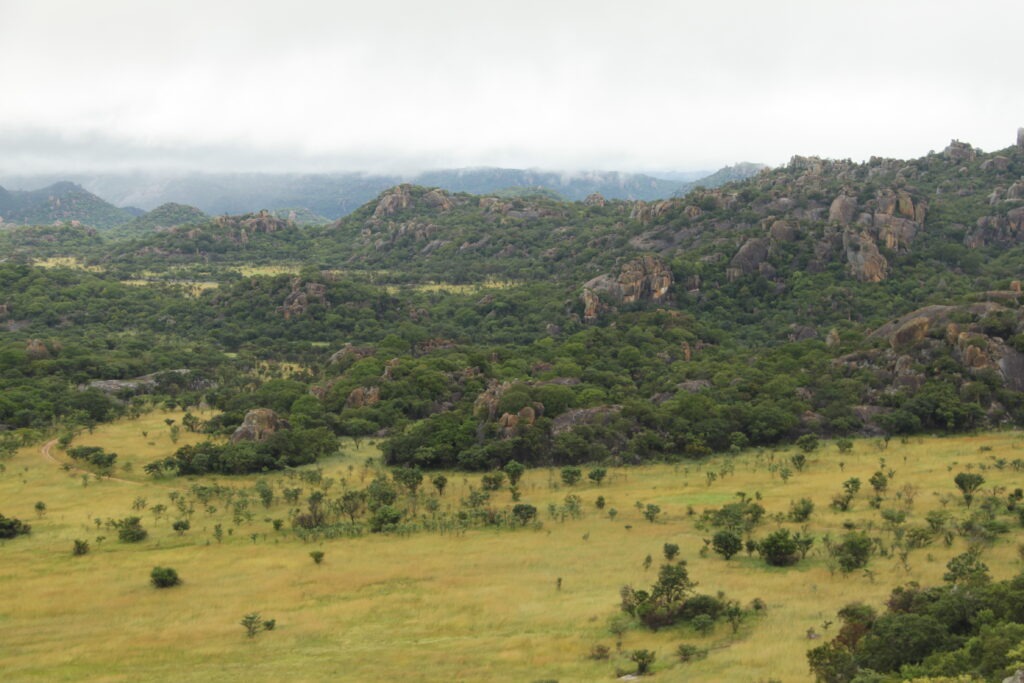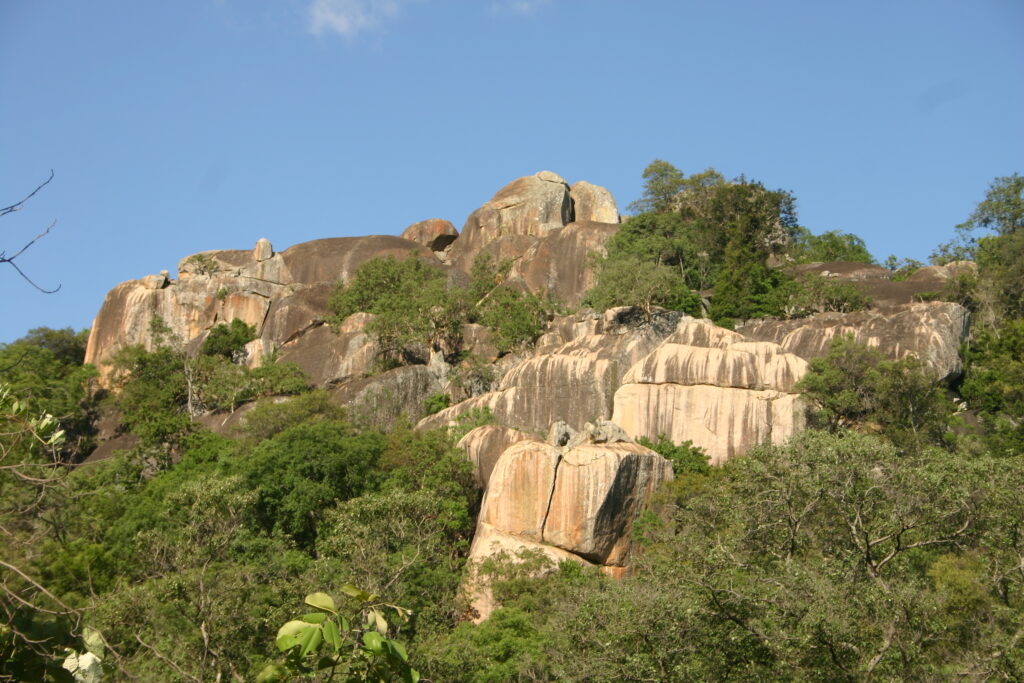
Matobo National Park, also known as Matopos National Park, is a UNESCO World Heritage Site located in the southwestern part of Zimbabwe, just 35 kilometers south of Bulawayo. Known for its dramatic granite rock formations, rich cultural heritage, and abundant wildlife, the park is one of Zimbabwe’s most unique and fascinating destinations. This guide will help you plan your visit and make the most of your time in this extraordinary place.
Getting There
- By Air: The nearest airport is Joshua Mqabuko Nkomo International Airport in Bulawayo, which is well-connected to major cities in Zimbabwe and some international destinations. From the airport, the park is about an hour’s drive.
- By Road: Matobo National Park is easily accessible by road. You can rent a car in Bulawayo or take a guided tour. The roads to the park are in good condition, and the drive offers scenic views of the surrounding countryside.
Best Time to Visit
- Dry Season (April to October): This is the best time to visit Matobo National Park. The weather is cooler and dry, making it ideal for wildlife viewing and outdoor activities. The landscape is more accessible, and the chances of spotting rhinos and other wildlife are higher.
- Rainy Season (November to March): The park is lush and green during the rainy season, but some areas may be difficult to access due to muddy roads. However, this is the best time for birdwatching, as migratory species are present.
Accommodation
- Lodges and Campsites: The park offers a range of accommodation options, from rustic lodges to campsites. Popular choices include Maleme Rest Camp, which offers self-catering lodges and camping facilities, and Matobo Hills Lodge, known for its stunning views and comfortable amenities.
- Farmhouse Lodge: The lodge is situated on the boundary of the Matopos National Park. It is affordable, family-friendly lodge offering stunning views of the Matobo Hills, with rustic charm and comfortable rooms.

Top Attractions
- Granite Rock Formations:
- The park is famous for its towering granite kopjes and balancing rocks. These formations, shaped by millions of years of erosion, create a surreal landscape that is both dramatic and peaceful.
- Mother and Child Rock is one of the most photographed formations in the park.
- Wildlife:
- Rhinoceros Sanctuary: Matobo is home to a significant population of both black and white rhinoceroses. The park is one of the best places in Zimbabwe to see these endangered animals.
- Birdwatching: The park is a birdwatcher’s paradise, with over 300 bird species, including the rare black eagle and Verreaux’s eagle. The cliffs and rocky outcrops are ideal for spotting raptors.
- Other Wildlife: Look out for leopards, zebras, antelopes, and baboons during your visit.
- San Rock Art:
- The Matobo Hills are home to some of the best-preserved San rock art in Southern Africa, dating back over 13,000 years. These ancient paintings depict scenes of hunting, rituals, and daily life.
- Nswatugi Cave and Bambata Cave are among the most famous rock art sites in the park.
- Cecil Rhodes’ Grave:
- Visit the final resting place of Cecil John Rhodes, the British colonialist who played a significant role in Zimbabwe’s history. His grave is located at World’s View, a hilltop offering panoramic views of the surrounding landscape.
- Sacred Sites and Spiritual Significance:
- The park is considered sacred by the local Ndebele people and has been used for spiritual rituals for centuries. Inanke Cave is one of the most significant spiritual sites in the park.
Activities
- Game Drives and Walking Safaris:
- Explore the park on a guided game drive or walking safari. Experienced guides will help you spot wildlife and explain the park’s unique ecology and history.
- Hiking and Rock Climbing:
- The park’s granite hills offer excellent hiking and climbing opportunities. The trails vary in difficulty, so there’s something for everyone, from casual walkers to experienced climbers.
- Birdwatching:
- Bring your binoculars and spend some time spotting the park’s diverse birdlife, especially the raptors that nest in the cliffs.
- Cultural Tours:
- Engage with the local Ndebele culture by visiting nearby villages, learning about traditional customs, and participating in cultural activities.

Travel Tips
- Safety: Matobo National Park is generally safe for tourists. However, always follow park rules, stay with your guide on walks, and keep a safe distance from wildlife.
- What to Pack: Bring comfortable walking shoes, sunscreen, a hat, binoculars, and a camera. If visiting during the rainy season, pack waterproof gear.
- Health: Ensure you have up-to-date vaccinations and carry any necessary medications. It’s advisable to take anti-malaria precautions if visiting during the wet season.
- Entry Fees: There are entrance fees for the park, which vary for local and international visitors. Be sure to carry cash, as card facilities may not always be available.
Conclusion
Matobo National Park offers a unique blend of natural beauty, cultural heritage, and wildlife experiences. Whether you’re a history enthusiast, nature lover, or adventure seeker, this park has something for everyone. Plan your visit to explore the ancient landscapes, immerse yourself in local culture, and witness the incredible biodiversity that makes Matobo one of Zimbabwe’s most treasured destinations.



